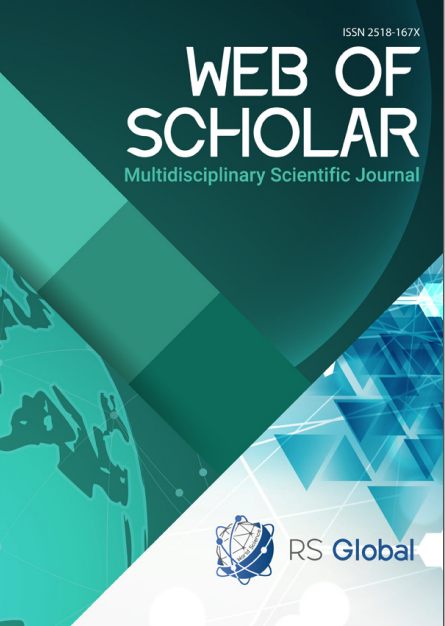ГЕТЕРОСКЕДАСТИЧНОСТЬ: ЧТО ПРОИЗОЙДЕТ, ЕСЛИ ДИСПЕРСИЯ ОШИБКИ ЯВЛЯЕТСЯ НЕПОСТОЯННОЙ
##plugins.themes.bootstrap3.article.main##
Аннотация
This article is about heteroscedasticity, it opens the nature of heteroscedasticity and what are the consequences of heteroscedasticity. Heteroscedasticity means the heterogeneity of observations, expressed in an unequal (non-constant) variance of the random error of the regression (econometric) model. Heteroscedasticity is the opposite of homoscedasticity, meaning the uniformity of observations, that is, the constancy of the variance of random model errors. The presence of heteroscedasticity of random errors leads to the ineffectiveness of estimates obtained using the method of least squares. Therefore, statistical conclusions about the quality of the obtained estimates may be inadequate. In this regard, testing models for heteroscedasticity are one of the necessary procedures when building regression models.
KEYWORDS


